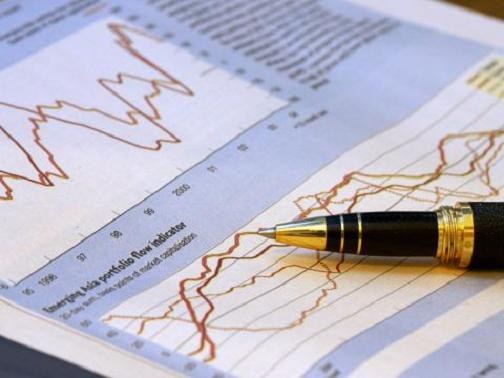You will need
- - the balance sheet of the company.
Instruction
1
Ratio absolute liquidity ratio financial measure is mathematically equivalent to the ratio of the volume of cash in cash or equivalent other assets (monetary funds on accounts in banks and short-term cash investments) to the amount of current liabilities. Current liabilities (or current liabilities) short - term liabilities excluding deferred income and projected expenditures. Current liabilities include the loans which can be repaid within the next year, unpaid claims (for example, to suppliers or to the budget) and other commitments of the company.
2
This is an important indicator of financial stability of companies, because cash and cash equivalent current assets have high liquidity.
The formula for calculation of the coefficient looks like this:
Cabsl = (LB + KV)/TA, where DS - cash-KV - a short-term cash investments, TP - current liabilities.
The formula for calculation of the coefficient looks like this:
Cabsl = (LB + KV)/TA, where DS - cash-KV - a short-term cash investments, TP - current liabilities.
3
From the point of view of the location of the source data in the balance sheet (Form 1) of the formula as follows:
Cabsl = (Строки250 + 260)/(Строки690 - 650 - 640).
Cabsl = (Строки250 + 260)/(Строки690 - 650 - 640).
4
It is believed that the value of the absolute liquidity is within normal limits if it is greater than 0.2, i.e., potentially the company every day to repay 20% of the time liabilities by highly liquid assets. Accordingly, the higher the ratio, the higher the absolute liquidity of the enterprise. But on the other hand, if the figure is too large, it may mean that capital is structured irrationally and very high percentage of non-performing assets (funds on accounts or in cash).
Useful advice
Absolute liquidity ratio can be calculated in a special accounting program, for example, from the manufacturer 1C.
